News
What Is Orochi Network? Project, Token, Airdrop, Roadmap Explained
ChainPlay
•
4 hours ago
Share :
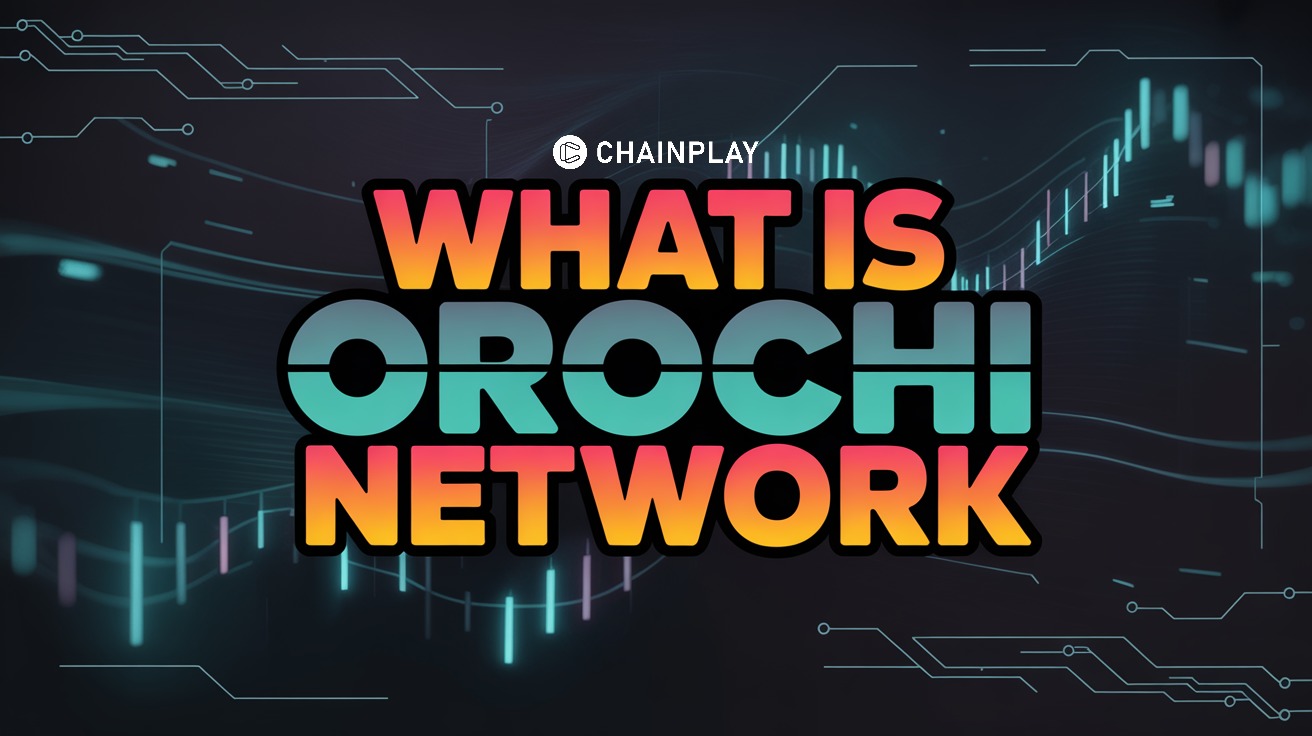
Orochi Network is shaking things up in blockchain infrastructure. It’s built to connect real-world data with decentralized apps, and it does this by acting as both an oracle and a computation layer. The goal? Give DeFi, GameFi, and Web3 projects data that’s not just secure but reliable and scalable too.
Orochi runs on its own ON token, which people use for everything: transactions, governance, staking, you name it. The project’s not just about tech, though. Orochi’s community has caught a lot of attention with airdrop campaigns and a clear roadmap that shows exactly how they’re moving toward full decentralization. In this article, we’ll break down what Orochi Network is, how it works, and why it’s worth watching if you care about where blockchain data is headed.
What Is Orochi Network?
Orochi Network is a verifiable data infrastructure that connects blockchain apps to real-world data and computing power. It tackles a big problem in the blockchain world, which is getting reliable data from outside the chain. With Orochi, smart contracts don’t have to work in the dark because they can access trustworthy, up-to-date information. That means developers can build smarter, more powerful dApps that actually respond to what’s happening out there, not just what’s on the blockchain.

The main features of Orochi network include oracle services, verifiable random functions (VRF), and zero-knowledge proof (ZKP) technologies. All these come together to ensure that data is secure, transparent, and tamper-proof. This makes it very useful for DeFi, GameFi, prediction markets, and other sectors that can’t do without accurate external data. Its products include zkDatabase, zkMemory, Orocle, Orand, and OroSign.
With over 300K daily users, 1.5M monthly users, and 160M+ transactions, it currently powers more than 40 dApps and blockchains
How Does Orochi Network Work?
Orochi Network gives blockchains a way to get reliable off-chain data and computation. It does this with zero-knowledge proofs, commitment schemes, and an asynchronous BFT consensus. The whole setup rests on four core pieces that work closely together: the Verifiable Data Pipeline, Distributed Storage, Succinct aBFT Consensus, and a ZK-focused approach that doesn’t lock you into just one proof system.
Verifiable Data Pipeline—cryptographic proofs at every step
- Orochi fetches data and proves every step of how that data was acquired and transformed. Key subcomponents:
- Verifiable Sampling: proves a sample’s authenticity at the source (API, chain, DB), including TLS/certificate checks and adherence to the sampling algorithm.
- Verifiable Processing: proves that raw samples were transformed into the expected structured form according to a defined algorithm.
- Lookup Prove: proves correct key-value lookups over a B-Tree and links that result to a commitment (e.g., Merkle root).
- Transformation Prover: proves record updates, schema changes, or mutations are correct and aligned with the committed state.
Together these stages produce succinct cryptographic proofs that consumers (smart contracts, apps) can verify.
Distributed Storage—integrity, addressability, and scalability
Storage comes together through three main ideas:
- Merkle DAG: Think of it as a graph where every chunk of data gets its own hash, so you can always check if things are intact and find what you need fast.
- Commitment Schemes: With Merkle trees or polynomial commitments, Orochi can tie big piles of data to a simple root. That way, you can prove something’s part of the set and hasn’t been tampered with, all without exposing the whole dataset.
- ZK-Data-Rollups: These take a bunch of changes that happen off-chain, squash them into a tight ZK proof, and send that to the chain. So, storage operations get checked and privacy stays intact, plus everything runs smoothly at scale.
Put all this together, and Orochi can keep huge amounts of data off-chain but still prove everything’s correct and included quickly and securely.
Succinct aBFT Consensus—fast finality with verifiable state
Orochi’s consensus uses an asynchronous Byzantine Fault Tolerant (aBFT) approach that really keeps things simple and efficient. Instead of the usual heavy-handed methods.
- It builds a Gossip DAG, which is a sort of running, tamper-proof graph that tracks all the transactions and messages flying around the network.
- With this protocol, nodes can agree on what’s happening without needing everything to line up perfectly in time. That means the system shrugs off delays and surprises, so it’s both quicker and tougher against failure.
- Then there’s Proof Composition. This part bundles up a bunch of zero-knowledge proofs into one neat, compact proof. That single proof shows the blockchain’s state and consensus results are correct, and anyone can check it. So you get quick, rock-solid finality, and the whole global state is locked in and cryptographically verifiable.
ZK-focused and proof-system agnostic
Orochi puts zero-knowledge proof tech front and center. It works with several ZKP systems like Halo2, Pickles, ZK-STARKs, Plonky3 and doesn’t lock you into one blockchain. Developers get to pick the proof system and chain that match their privacy needs, speed, or even post-quantum security.
Orochi Network Team
The Orochi Network founding team includes Chiro Hiro, Mary Tran, and Vi Truong. The team brings together researchers and engineers who really know their way around zero-knowledge proofs and cryptography.
Key members
Chiro Hiro: He is the founder of orochi network. He is also a longtime expert in blockchain and cryptography. He previously worked as an R&D engineer in the field and founded the project Duelist King.
Mary Tran: Co-founder and CEO.
Vi Truong (Vi Vi): Co-founder
Orochi Network Token
The Orochi Network's native utility token is $ON. The token has not been officially launched yet, though it is expected to be listed on exchanges like Binance Alpha and Binance Futures on October 24, 2025.
$ON Token Information
- Token Symbol: ON
- Total Supply: 1,000,000,000
Token Allocation
- Team - 10%
- Investors - 8%
- Airdrop - 3.8%
- Network Incentive - 30%
- Ecosystem Reserve - 21.55%
- Foundation - 15%
- Marketing/Liquidity - 11.65%
$ON Token Utilities
Incentivizing Validators: Validators keep the network secure and trustworthy. They stake $ON, take part in the PoS consensus, and help keep everything running smoothly. For their work, they earn $ON rewards. It’s a setup that encourages reliability and keeps things decentralized.
Distributed Storage: If you need storage, you can spend $ON to rent space on Orochi’s distributed storage network. This keeps your data safe and easy to verify. The fees you pay go straight to the folks maintaining the system.
Rewarding ZK Sequencers: ZK sequencers are the ones who handle transactions and protect privacy and get paid in $ON too. Their work makes the network faster and more private.
Transaction Fees: Whenever you make a transaction or use network features, you pay fees with $ON. This keeps Orochi up and running and lets you tap into everything it offers.
Orochi Network Fundings
In late February 2025, Orochi Network announced a funding round of $12 million, which combined seed-investment capital with grants. The seed portion has investors like Presto Labs, Smape Capital, Anti Capital, Maxx Capital, Bolts Capital, AZA Ventures, and Connectico. Orochi also received grants from big blockchain organizations like Ethereum Foundation, Mina Protocol, Web3 Foundation, and BNB Chain.
In October 2025, Orochi raised another $8 million, pushing their total disclosed funding to about $20 million. Backing them this time were MEXC Ventures, Plutus VC, and some earlier supporters like Bolts Capital, who came back for more. The Ethereum Foundation also stepped in again, offering grants and support for this round.
Orochi made it clear what this money is for: building verifiable real-world asset infrastructure, staying on top of regulatory requirements like the EU’s DORA, and scaling up their product lineup, things like their zkDatabase mainnet.
Orochi Network Roadmap
In 2023 and 2024, Orochi focused hard on testnets and community programs, aiming to bring validators and node operators into the fold right from the start. They shared technical blog posts, started up developer groups, and rolled out retroactive campaigns to attract builders and auditors. All of this, really, was just laying the groundwork for bigger public testnets and incentive programs down the line. They also put out open invites to run the ONProver and take part in these retroactive-style efforts.
Then in 2025, the plan shifted. Orochi started focusing on productized testnets and real-world pilots. They made a big push around the ONProver campaign and other community activities, tying them to the chance of earning $ON points or rewards for running provers or helping out with testnets. Meanwhile, they kept working on their zkDA (zero-knowledge data availability) stack and the zkDatabase testnet.
Both Orochi’s own updates and ecosystem blogs talk about the ONProver and a “retrodrop,” or airdrop window, happening in 2025, all building toward a possible token launch. But you’ll see on the project’s website, they’re careful to point out that no token has been launched yet at certain times, and all airdrop details and token events still need an official green light and finalized tokenomics.
Looking ahead to 2026 and after, Orochi’s roadmap highlights mainnet launch, cross-chain work, compliance (especially for real-world asset tokenization), and getting more developers involved. The newest updates and fundraising buzz make it clear that they’re not just building another single-chain oracle. They’re doubling down on RWA tools, pushing for better performance, and working to get everything production-ready across multiple blockchains. Still, a lot hangs on what happens in the testnets, what the security audits reveal, and how the whole regulatory scene plays out. Honestly, the schedule’s up in the air until those pieces fall into place.
How To Get Orochi Network Airdrop?
Step 1 – Create an ONID Account
If you want to join the ONProver campaign, start by signing up for an ONID account. This account ties everything together — your contributions, wallet address, and any activity you have in the Orochi ecosystem. Just head to the official Orochi Network website to register. Make sure you stick to trusted links so you don’t fall for any phishing scams.
Step 2 – Connect Your Wallet
After you set up your ONID account, go ahead and connect a Web3 wallet. Most people use MetaMask. Right now, Orochi works with the Monad testnet, so make sure your wallet’s set up for that. You’ll use this wallet for any token rewards you get and to prove who you are and what you’ve done.
Step 3 – Run the ONProver
If you want to increase your points, you’ll have to run the ONProver. It works right in your browser, and there’s no need to mess with tricky installations or set up a node. Just log in, turn on the prover, and let it run while you’re active.
The system doesn’t ask for much. Still, if your internet connection is solid and you stay active, you’ll see your points add up faster.
Step 4 – Complete Daily Tasks and Referrals
Orochi also rewards users for social and referral engagement. You can participate by:
- Checking in daily
- Sharing your unique referral link
- Inviting others to join the campaign
- Completing tasks on Galxe and similar platforms
These will help you get more points on the leaderboard
Step 5 – Track Your Airdrop Progress
You can track your progress through CryptoRank and Galxe. These will allow you to monitor how many points you have, your number of referrals, and how many tasks you have completed. Don’t forget to follow official channels for updates.
How To Withdraw Airdrop From Orochi Network?
How you claim and withdraw your tokens depends on your vesting schedule. If your wallet landed one of the biggest airdrops, so, in the top 6,000 you’re looking at a 12-month vesting period. Your $ON tokens will unlock a bit each month, not all at once. For everyone else, there’s just a 1-month cliff. After that month, your $ON tokens are fully unlocked and ready for you to claim.
What Is the Date of Orochi Network TGE?
Orochi Network TGE is on October 24, 2025, at 08:00 UTC. The listing will be on Binance Alpha.
Orochi Network Review: Final Thoughts
Orochi Network isn’t just another blockchain project. They’re pushing to change how decentralized apps connect with real-world data, and honestly, their approach is pretty bold. By weaving in zero-knowledge proofs, verifiable random functions, and decentralized computation, they’re laying down some real infrastructure for Web3, stuff that actually boosts security, transparency, and scalability. Orochi’s serious about giving developers better tools, making sure it works across different chains, and keeping data verifiable. All of that gives them a real shot at becoming a key player in the blockchain data world.
They’re still building things out, but you can see the momentum. Their roadmap’s straightforward, the community’s growing, and their focus on verifiable computation puts them in a strong spot among oracle and ZK projects. If you’re watching this space, Orochi’s one to keep an eye on.
Advantages
- Advanced Technology: The project brings together ZK proofs, VRF, and oracles so users can get trustworthy, verifiable data without having to trust anyone blindly.
- Cross-chain Compatibility: It works smoothly with different blockchains, so you’re not locked into just one ecosystem.
- Developer-Centric Approach: Builders get open tools like ONProver and zkDatabase, making it easy to start building right away.
- Strong Community Engagement: The team keeps the community involved with incentive programs and testnets, so people actually want to take part.
- Clear Roadmap: And the roadmap? It’s out in the open, with a real focus on scaling up, keeping things decentralized, and making sure everything connects.
Disadvantages
- Not Many Users Yet: Real-world integrations haven’t really taken off, especially when you compare it to more established oracles like Chainlink.
- Regulation Is a Big Question Mark: There’s a real chance future compliance and token distribution will run into legal roadblocks.
- It’s Complicated: Developers and node operators have a lot to figure out. The learning curve is no joke.
- Tough Competition: There are already plenty of strong oracle and ZK infrastructure projects out there, so standing out won’t be easy.
Share this article
#Other
Latest News
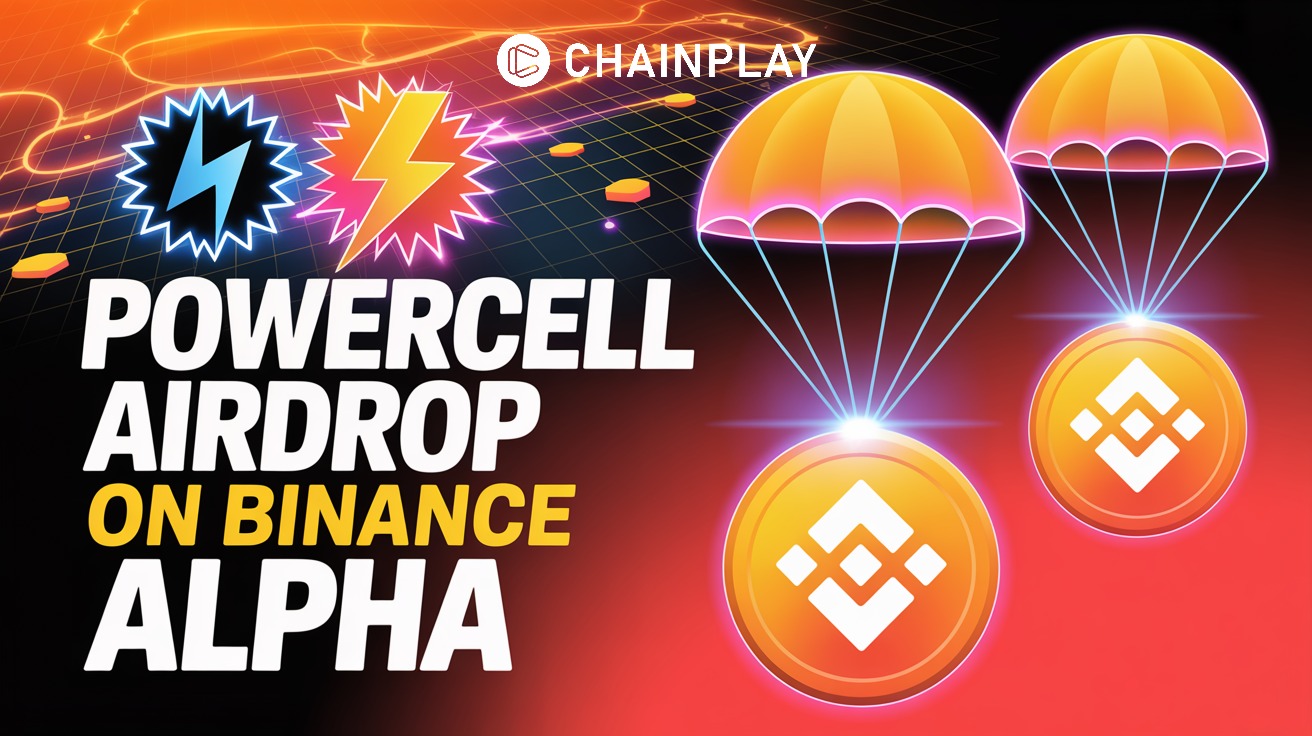
Binance Announces Piggycell (PIGGY) Launch and Alpha
6 minutes ago
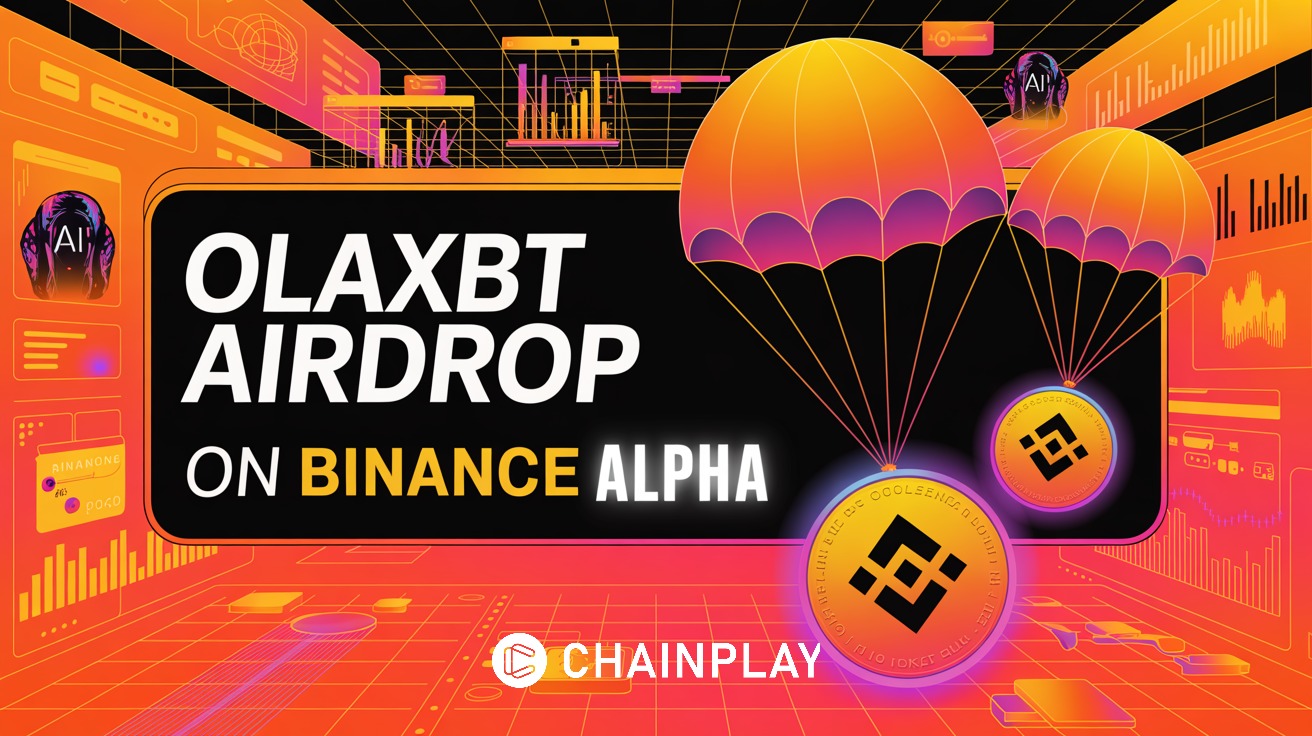
OLAXBT (AIO) Goes Live on Binance Alpha: Airdrop and
44 minutes ago

What Is Orochi Network? Project, Token, Airdrop, Roadmap
4 hours ago
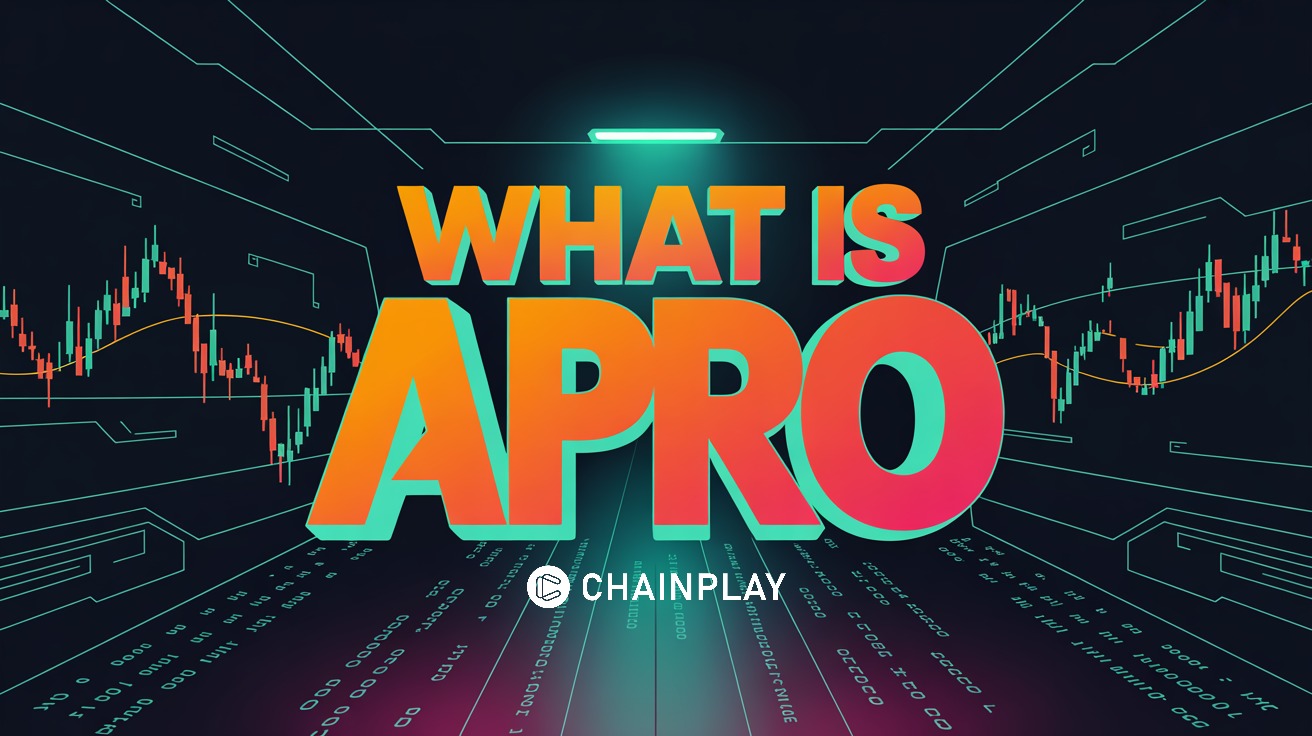
What Is APRO? Project, Token, Airdrop, Roadmap Explained
4 hours ago
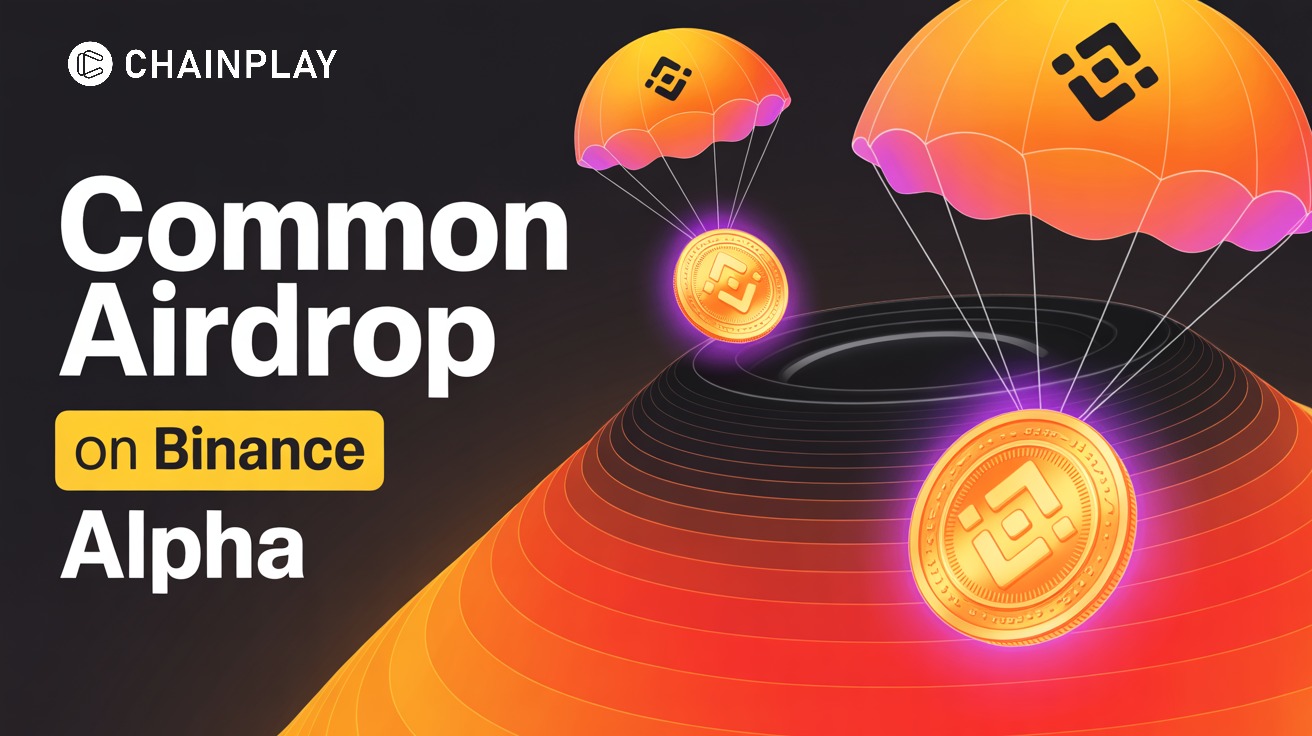
Common (COMMON) Binance Alpha Airdrop and Futures Launch
yesterday
Related articles

Learn what is APRO, a decentralized oracle linking real-world data with blockchain. Explore APRO crypto, tokenomics, airdrop, and 2025 launch details.
ChainPlay
•
4 hours ago

OLAXBT (AIO), the decentralized AI trading infrastructure, is officially live on Binance Alpha. Find out how to participate in the airdrop to claim 250 $AIO tokens and trading competition to take 3.5M $AIO token reward pool.
ChainPlay
•
44 minutes ago

Binance has announced that Piggycell ($PIGGY), the leading RWA/DePIN project, will launch on Alpha on October 28th. Eligible users can claim the exclusive PIGGY Airdrop using Binance Alpha Points. Find out how to participate in the launch and airdrop.
ChainPlay
•
6 minutes ago



